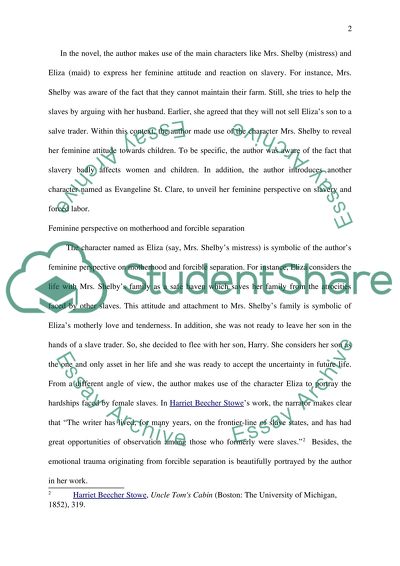Cite this document
(“How slaves fight for their freedom in Uncle Tom's Cabin Book Report/Review”, n.d.)
Retrieved from https://studentshare.org/history/1461544-how-slaves-fight-for-their-freedom-in-uncle-tom-s
Retrieved from https://studentshare.org/history/1461544-how-slaves-fight-for-their-freedom-in-uncle-tom-s
(How Slaves Fight for Their Freedom in Uncle Tom'S Cabin Book Report/Review)
https://studentshare.org/history/1461544-how-slaves-fight-for-their-freedom-in-uncle-tom-s.
https://studentshare.org/history/1461544-how-slaves-fight-for-their-freedom-in-uncle-tom-s.
“How Slaves Fight for Their Freedom in Uncle Tom'S Cabin Book Report/Review”, n.d. https://studentshare.org/history/1461544-how-slaves-fight-for-their-freedom-in-uncle-tom-s.


